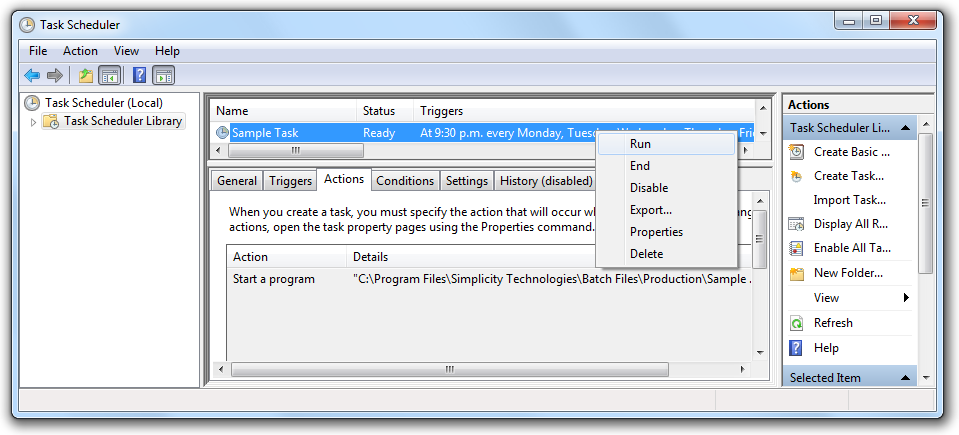Simplicity Import Utility.
Great things can be achieved with the right tools.
Simplicity's suite of utilities and processes that provide the mechanisms for moving, consolidating and distributing data to meet your businesses automation and workflow requirements.
This section will provide you with a brief understanding and knowledge of these components and a quick reference to aid you in your Simplicity development.
Overview.
This is the application that is used for the automated processing of Simpliicty import spec and data load rules.
Scheduled Importer Utility - Common Tasks.
Great things can be achieved with the right tools.
Simplicity's suite of utilities and processes that provide the mechanisms for moving, consolidating and distributing data to meet your businesses automation and workflow requirements.
This section will provide you with a brief understanding and knowledge of these components and a quick reference to aid you in your Simplicity development.
Scheduled Importer Walk Through - Creating a New Job.
Steps 1 - 30
The following walk through takes you through the process of creating a new scheduled importer job. The import processor will automatically execute a data load execution plan. These plans include a series of execution jobs which will be executed in the configured order. Each step provisions for the processing of an import spec which will import data from an extermal source into your data load entities, and/or the processing of your defined data load match rules. See "Data Load & Import Specs" on how to create data load execution plans.
STEP 1.
Click on the "Data Loads and Tasks" button on your Simplicity menu bar.

STEP 2.
From the menu that appears select "Execution Plans".

STEP 3.
From the list select your data load execution plan.

STEP 4.
This will open your execution plan explorer.

STEP 5.
Click on "Publish to XML" to create the execution package which you can schedule using the importer utility.

STEP 6.
Select the folder an file name for your schedule package.

STEP 7.
Once your package has been saved this can be copied to your importer configuration files folder.

STEP 8.
Previewing your execution package you should see content that looks similar to the example below.

STEP 9.
Click on the preview below to view the full image.

STEP 10.
Copy the final execution package to your import processor XML configuration file location.

STEP 11.
Now you will need to create your execution command file as per the sample below.

STEP 12.
Save this to your command files folder for your automated jobs.

STEP 13.
You will need to verify that your importer settings are correct. You will only need to this for the first time for your Simplicity client implementation. Open the AppConfig.config file.

STEP 14.
The settings should be similar to the example below. Typical reseller utility configuration for the app utility messages is to the SMTP server at www.simplicitycrm.com on port 28925.

STEP 15.
Now check the client implementation app configuration file.

STEP 16.
Setup the values sutable for your clients implementation.

STEP 17.
Now open "Task Scheduler" to schedule your command file that you created in steps 11 and 12.

STEP 18.
Right click and select "Create Task".

STEP 19.
Give your new task a name.

STEP 20.
Move to the triggers tab and click "New".
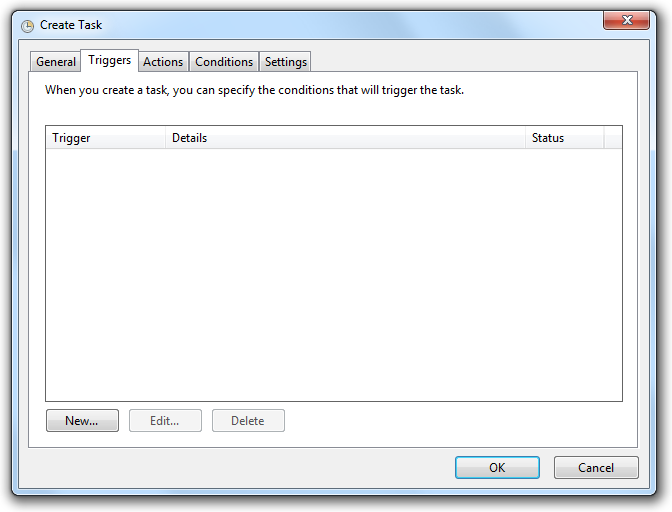
STEP 21.
Specify the schedule you require and click "OK".

STEP 22.
Select the "Actions" tab and click "New".
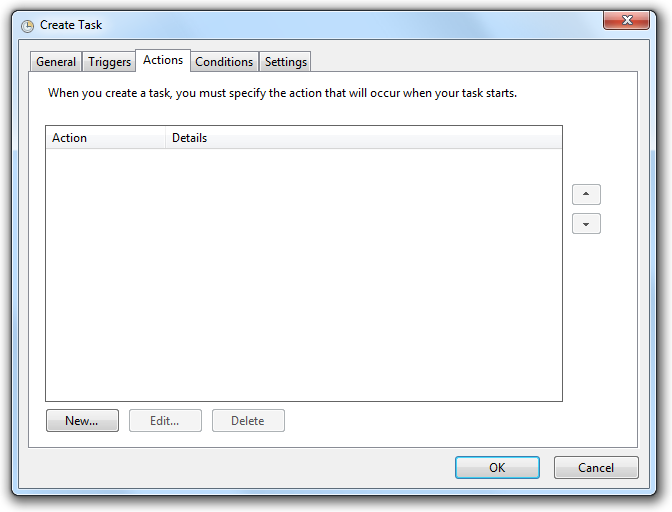
STEP 23.
Click "Browse" to select your command file.
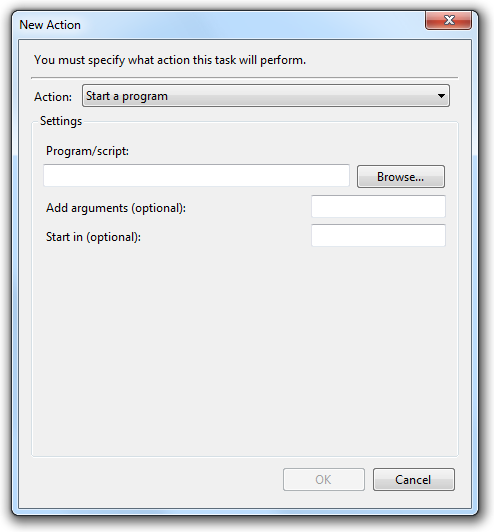
STEP 24.
Browse to the appropriate folder and click "Open".
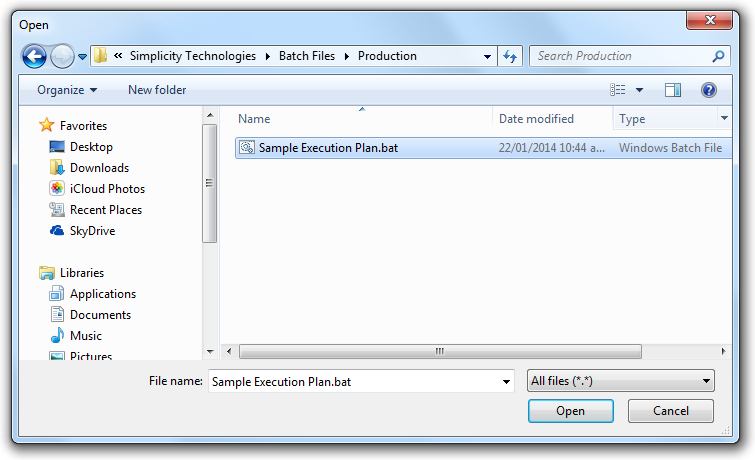
STEP 25.
Make sure the program and start in locations are specified and click "OK" when configured..
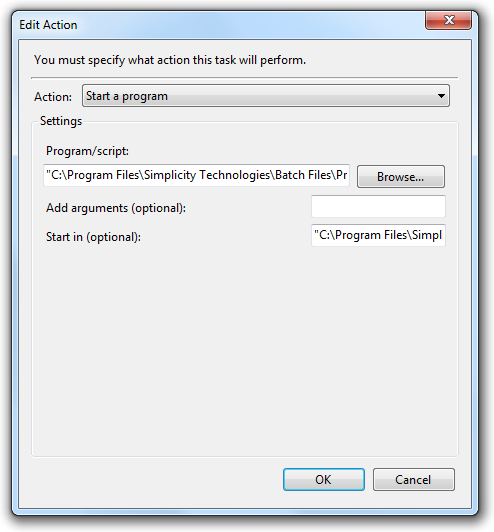
STEP 26.
Your action should appear in the actions list.
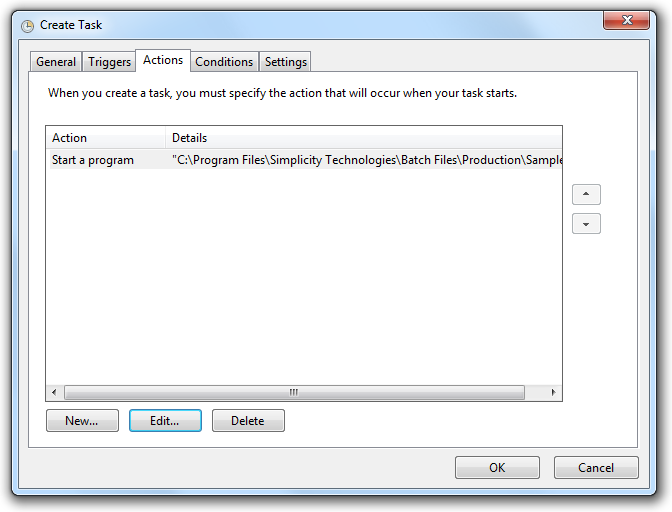
STEP 27.
Check your settings under conditions are appropriate for your scheduled task.
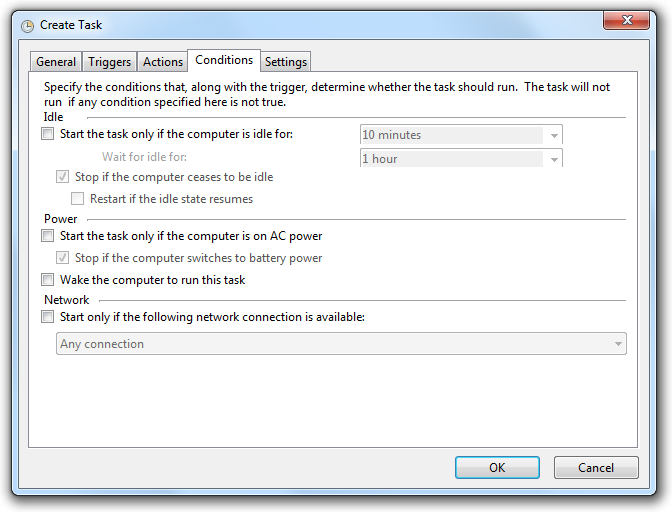
STEP 28.
The settings tab allows you specify more options. An important consideration is what this should do if it is run when this task is already running. This should typically set to "Do not start a new instance". Running concurrent import processes may have adverse affects.
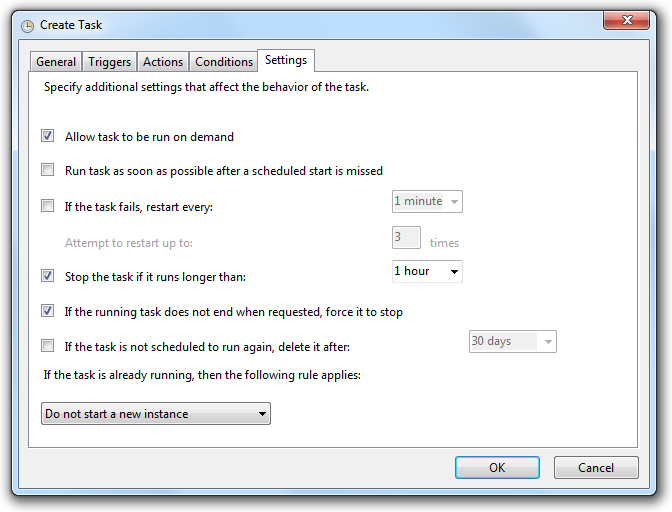
STEP 29.
When you click "OK" you will be prompted for the security credentials to commit your changes.
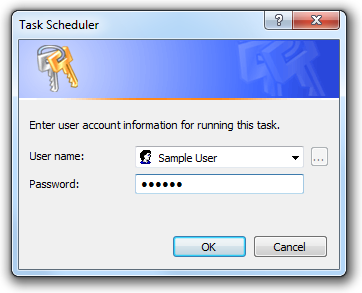
STEP 30.
The task should now appear ready to run at it's scheduled time. Right clicking on tasks here allow you to perform common operations on the tasks like manually starting or stopping the scheduled task.
